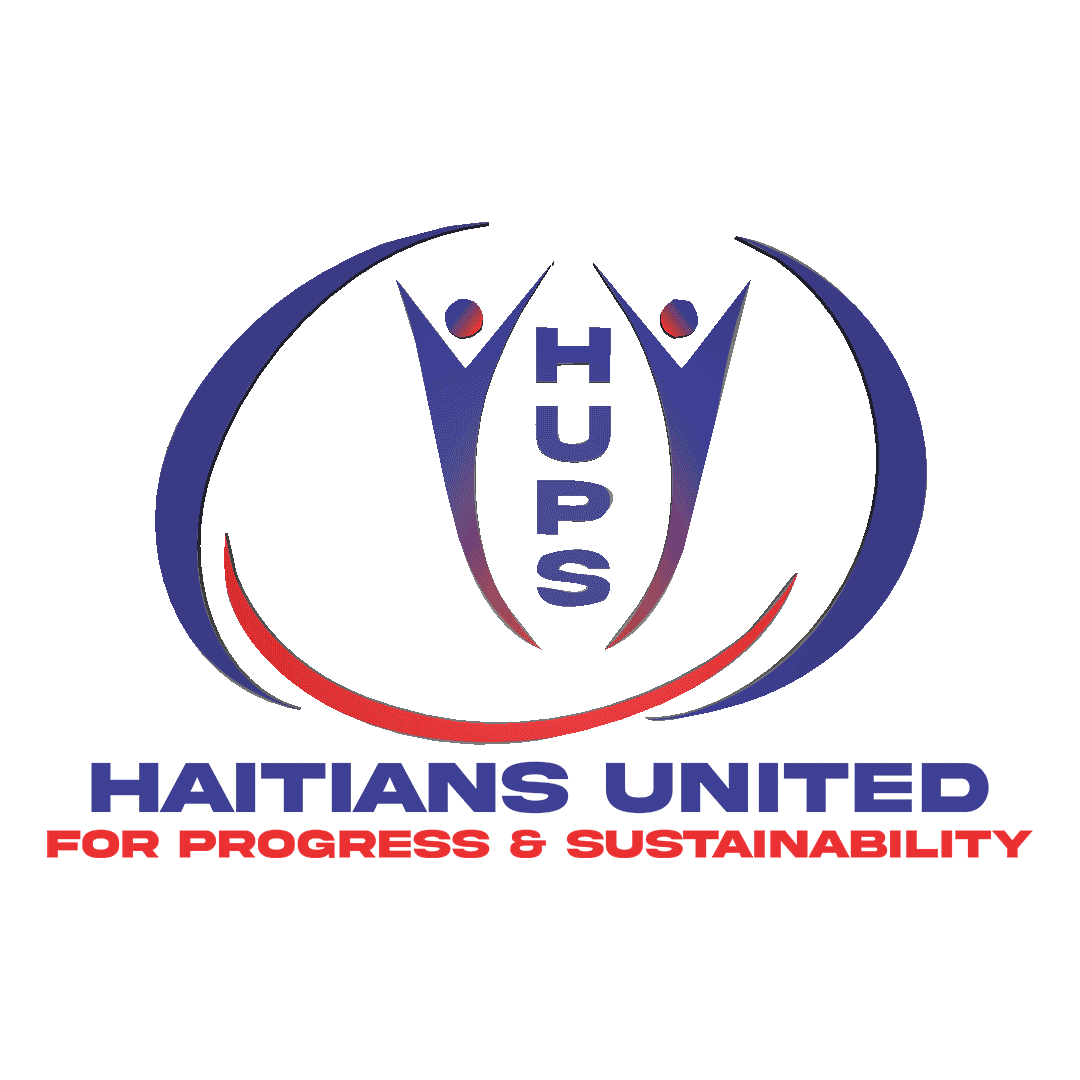


III. Core Challenges
-
Lack of healthcare infrastructure in rural areas.
-
Shortage of qualified health professionals.
-
High cost of care and absence of insurance.
-
Poor sanitation and hygiene infrastructure.
-
Low health literacy and absence of civic health education programs.
-
No central medical records system to track and coordinate care across providers.
IV. Proposed Implementations & Strategic Solutions
1. Nationwide Medical Infrastructure Development
-
Build one hospital and multiple primary clinics in each County, focusing on underserved rural zones.
-
Establish community pharmacies for affordable access to essential medicines.
-
Partner with NGOs, diaspora organizations, and international donors to finance construction and equipment.
2. National Health Insurance & Subsidy Program
-
Create a basic national health coverage system that subsidizes primary care, maternal health, and emergency services.
-
Use voucher systems for low-income households to access essential medical services without up-front payment.
3. Sanitation & Women’s Health Facilities
-
Construct public sanitation centers at major transit points, markets, and town centers.
-
Implement “Women’s Dignity Zones” with safe toilets, menstrual hygiene products, and washing facilities.
-
Train community health workers to run hygiene education programs.
4. Medical Workforce Expansion
-
Launch a National Health Training Program to rapidly train nurses, midwives, and community health agents.
-
Offer incentives such as housing, transportation, and salary bonuses for medical staff working in rural areas.
-
Establish partnerships with foreign universities for medical student exchanges and Teletraining.
5. Digital Health Record & Telemedicine System
-
Implement a national patient ID and digital health record system, accessible in all medical facilities.
-
Develop a telemedicine network so rural clinics can connect with specialists in urban centers or abroad.
-
Integrate remote patient monitoring for chronic conditions using wearable devices.
6. Health Education & Prevention Campaigns
-
Launch a national civic health education program via radio, television, social media, community meetings, and schools.
-
Focus topics: hygiene, nutrition, maternal care, disease prevention, safe water practices.
-
Partner with local leaders and churches for message dissemination.
7. Emergency Medical Response Network
-
Create mobile health units equipped to handle emergencies and deliver care in remote or disaster-affected areas.
-
Train local first responders in basic life support and maternal emergency care.
V. Implementation Roadmap
Phase 1 – Foundation (0–12 months):
-
Conduct department-by-department health facility mapping.
-
Set up pilot clinics in the high-need areas.
-
Start sanitation projects in public locations with highest infection risk.
Phase 2 – Expansion (1–3 years):
-
Scale up infrastructure projects to all departments.
-
Launch national health insurance pilot in all departments.
-
Deploy telemedicine and digital records across all of the facilities.
Phase 3 – Nationwide Coverage (3–7 years):
-
Achieve universal primary care access in every commune.
-
Fully operational national health insurance program.
-
Significant reduction in maternal and preventable disease mortality.
VI. Vision of total implementation
-
Universal healthcare coverage across Haiti.
-
Modern medical facilities in every department, connected via telehealth.
-
Well-trained healthcare professionals evenly distributed nationwide.
-
Effective sanitation systems eliminating open defecation.
-
Health outcomes on par with or exceeding regional standards.

General and Fundamental Study & Evaluation of the Health Situation in Haiti
I. Overview
Haiti’s public health system is facing a deep and multidimensional crisis. The nation is trapped in a cycle where poor healthcare infrastructure, insufficient medical personnel, lack of insurance, unsafe sanitation, and extreme poverty reinforce each other, keeping mortality rates high and life expectancy low.
The problem is not only medical, it is social, infrastructural, and economic. Without a fundamental shift in approach, the health crisis will continue to worsen.
II. Current Health Conditions
1. Healthcare Infrastructure
-
Many rural areas have no functioning clinics, hospitals, or medical centers.
-
Urban centers like Port-au-Prince have higher concentrations of medical services, but they remain overcrowded, under-equipped, and costly.
-
Physician density is critically low: approximately 0.237 doctors per 1,000 inhabitants, far below WHO recommendations (2.3 per 1,000).
-
Nursing and midwifery coverage is insufficient, particularly in remote communities.
2. Access to Care
-
No national health insurance system exists; all care is paid out-of-pocket.
-
Many providers require full payment before treatment, delaying or denying life-saving interventions.
-
Private doctors often set prices beyond the means of ordinary citizens.
3. Sanitation and Women’s Health
-
Around 25% of households practice open defecation due to lack of sanitation infrastructure.
-
Public toilets and safe hygiene facilities are extremely rare; during travel, many women are forced to relieve themselves outdoors.
-
This exposes them to bacterial infections, urinary tract infections (UTIs), and reproductive tract infections (RTIs).
-
The lack of menstrual hygiene facilities increases the risk of complications.
4. Nutrition and General Health
-
Large parts of the population are food insecure, undermining immune systems and increasing vulnerability to diseases.
-
Malnutrition is a major factor in poor recovery rates and chronic illnesses.
5. Disease Burden
-
High rates of preventable diseases: diarrheal illnesses, malaria, respiratory infections.
-
Maternal mortality ratio: ~197 deaths per 100,000 live births (one of the highest in the Americas).
-
Limited preventive healthcare; screenings and vaccinations are inconsistent.

